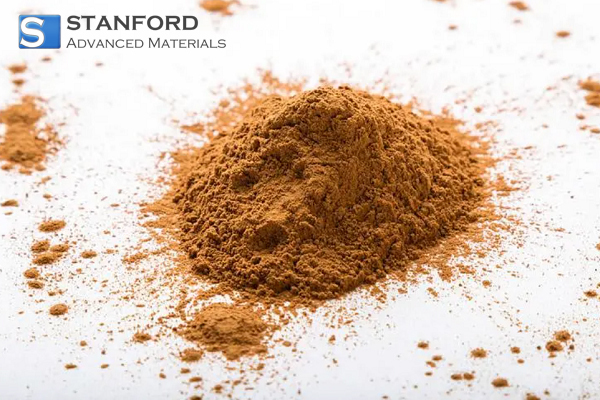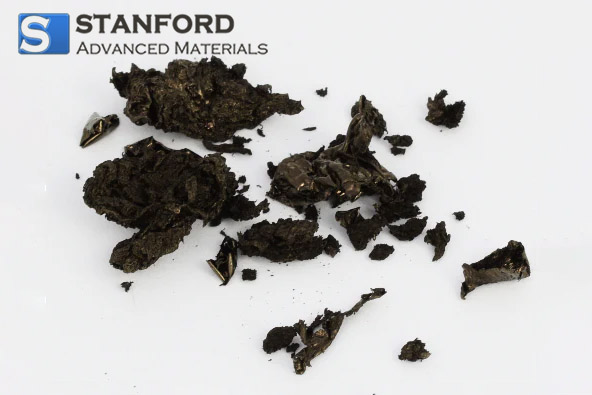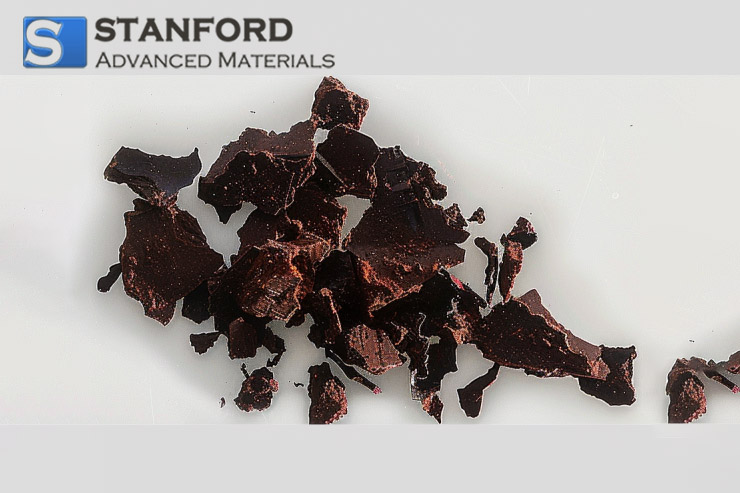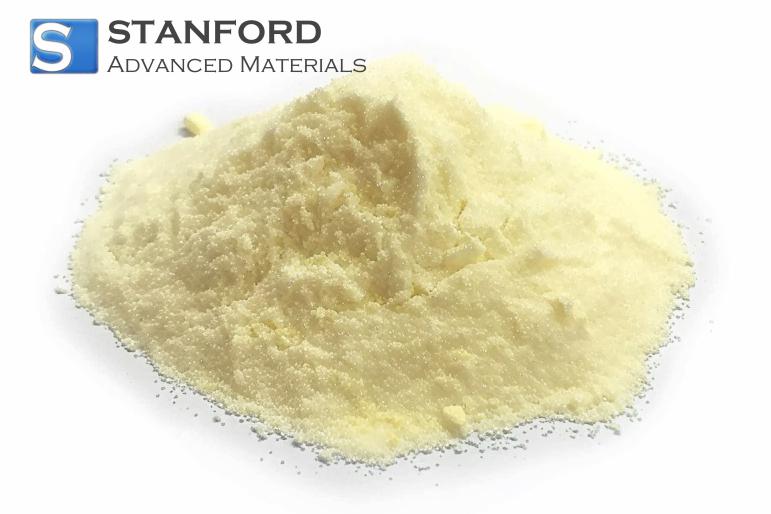N,N′-Di(1-naphthyl)-N,N′-diphenyl-(1,1′-biphenyl)-4,4′-diamine Description
N,N′-Di(1-naphthyl)-N,N′-diphenyl-(1,1′-biphenyl)-4,4′-diamine is a high-performance hole transport material commonly used in OLEDs and other organic electronic devices. Its ability to efficiently transport holes, combined with good thermal stability and film-forming properties, makes it a key material in the production of advanced optoelectronic devices. However, its sensitivity to oxygen and moisture requires careful device encapsulation to ensure long-term stability.
N,N′-Di(1-naphthyl)-N,N′-diphenyl-(1,1′-biphenyl)-4,4′-diamine Specification
|
Appearance
|
light yellow powder
|
|
CAS No.
|
123847-85-8
|
|
Chemical Formula
|
C44H32N2
|
|
Molecular Weight
|
588.74
|
|
Purity
|
≥99.5%
|
|
Melting Point
|
279-283℃
|
N,N′-Di(1-naphthyl)-N,N′-diphenyl-(1,1′-biphenyl)-4,4′-diamine Applications
- Organic Light-Emitting Diodes (OLEDs): NPB is commonly used as a hole transport layer (HTL) in OLEDs. In these devices, it helps transport positive charge carriers (holes) from the anode to the emissive layer, enhancing the efficiency and stability of the device. Its high mobility and good alignment with other materials in OLED structures make it an ideal candidate for this role.
- Organic Photovoltaics (OPVs): NPB is also used in organic solar cells, where it functions as an HTM, facilitating the transport of holes from the active layer to the anode.
- Other Optoelectronic Devices: It is used in various other organic thin-film devices requiring efficient hole transport, such as organic field-effect transistors (OFETs) and organic lasers.
N,N′-Di(1-naphthyl)-N,N′-diphenyl-(1,1′-biphenyl)-4,4′-diamine Packaging
Our N,N′-Di(1-naphthyl)-N,N′-diphenyl-(1,1′-biphenyl)-4,4′-diamine is carefully handled during storage and transportation to preserve the quality of our product in its original condition.
500mg/glass bottle, or customized.
FAQs
Q1: How does NPB improve the performance of OLEDs?
Answer: NPB improves OLED performance by efficiently transporting holes from the anode to the emissive layer. Its good energy level alignment with other materials in the OLED stack reduces recombination losses, leading to better light emission efficiency and increased device lifespan.
Q2: Is NPB sensitive to environmental conditions?
Answer: Yes, NPB can be sensitive to oxygen and moisture, which may cause it to oxidize and degrade over time. Proper encapsulation and device sealing are required to protect NPB-based devices from environmental exposure, ensuring long-term stability and performance.
Q3: How is NPB typically deposited in device fabrication?
Answer: NPB is typically deposited using vacuum thermal evaporation or solution processing (such as spin-coating). Both methods allow for the creation of uniform, thin films that are essential for the function of optoelectronic devices.
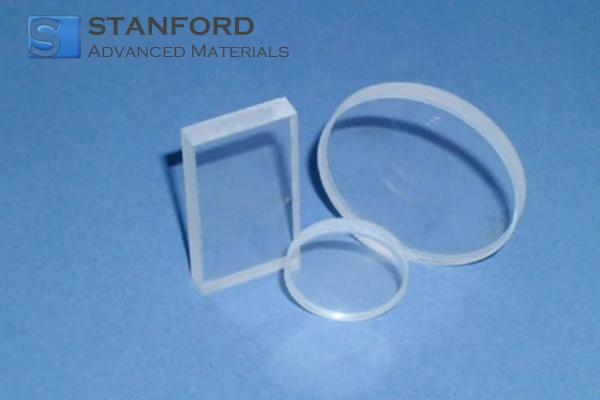
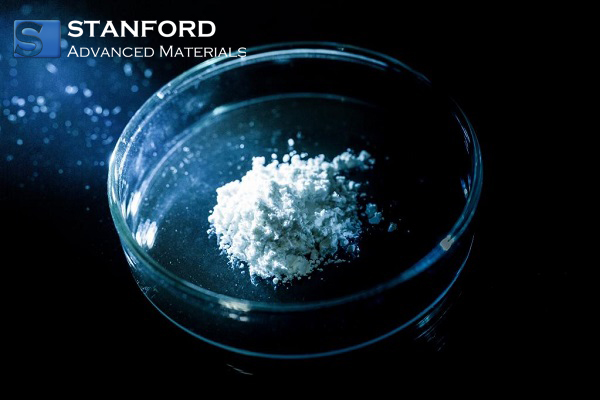
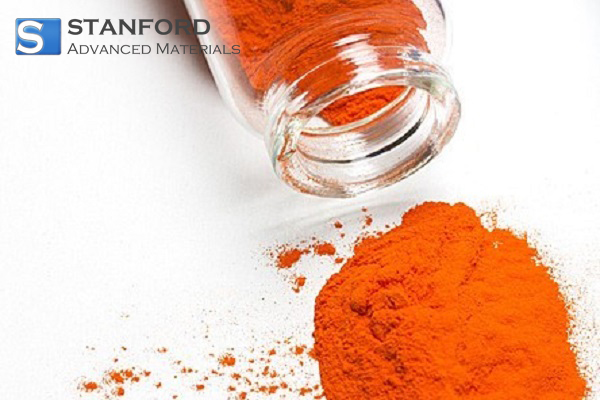
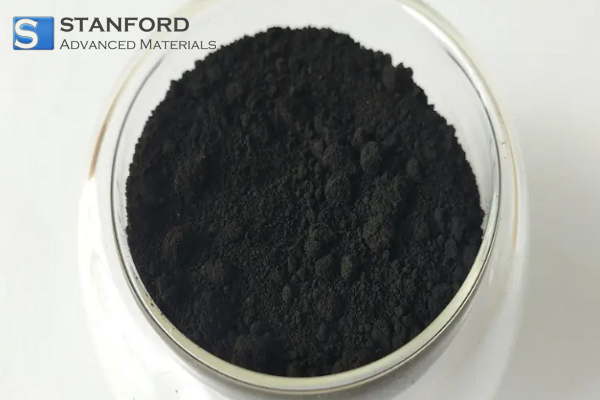
2pbi3-2.jpg)
